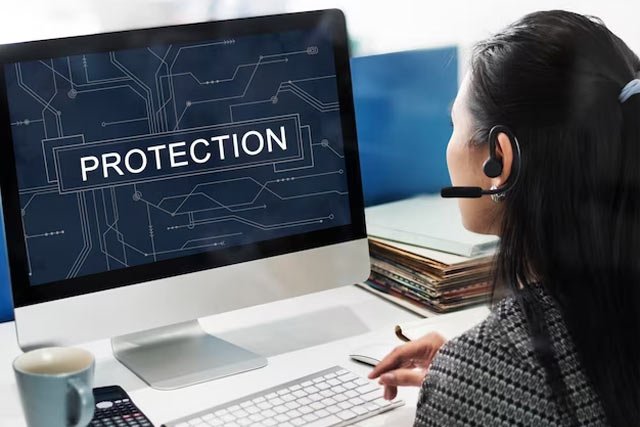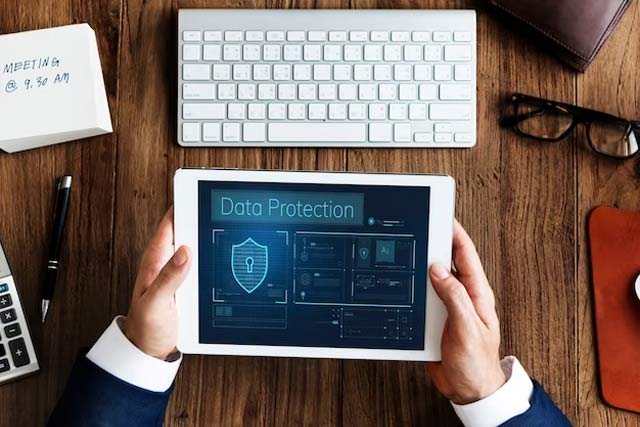The risk landscape for businesses is becoming more complex with each passing year, and one of the most significant threats companies will face in 2023 is related to cyber security for businesses. A report by IBM in 2022 estimates that data breaches cost companies an average of $4.35 million.
It’s worth mentioning that the implications of data breaches extend beyond finances. Companies’ very stability and reputation are at risk when they suffer cyber attacks, which is why cybersecurity is a popular trend in 2023.
The COVID-19 pandemic had a significant impact on cybersecurity. With the government enforcing lockdowns and people working remotely from home, technology has become a lifesaver for many firms. But this came with increased cybersecurity threats since hackers found vulnerabilities on employees’ devices. Working within a company’s secure network is different from working from home on personal systems and networks.
So, when implementing cyberattack strategies, companies must consider the remote and hybrid work models that are becoming increasingly popular. The major types of cybercrime include phishing and malware.
According to Cisco, malware can take different forms, such as ransomware, viruses, and spyware. Any cybercrime listed above can be used to steal confidential information, and it’s up to businesses to take steps to protect themselves. Below, we discuss the different ways businesses can improve cybersecurity. Here they are:
1. Install Good Antivirus Program

A strong cybersecurity strategy requires a multi-layer approach using different tools to protect from cyber-attacks. One such tool is installing sophisticated antivirus software on all systems to protect against malware like viruses, Trojans, worms, spyware, adware, ransomware, etc.
Antivirus software has evolved to provide extensive coverage against malicious software. In truth, antivirus software is now more like ‘anti-malware’ software. And with several antivirus software available, including popular options like Bitdefender and Avast, choosing one may be overwhelming.
To find the right antivirus software, research reputable providers with frequent updates, system compatibility, multiple threat protection, and no system slowdown.
2. Backup Your Data

Data backups are crucial components of cybersecurity. While the goal is to prevent data breaches, you must also prepare for the worst-case scenarios where your data is lost, deleted, or compromised by malware. Having a backup helps mitigate this and continue business operations. Cyber attacks aside, data can be lost through natural disasters, stolen devices, and hard drive failure.
Backups can be done on a removable device, external hard drive, device backup, or cloud backups. Cloud backups are more popular with businesses since the backup isn’t on any physical device, and data can be retrieved at any time from anywhere. Also, there’s more possibility for larger storage sizes. You need to choose the best cloud hosting provider that encrypts your data.
3. Secure Networks and Data

Cybercriminals target vulnerabilities in networks used to send or receive data. As a result, it’s in an organization’s best interest to secure its networks, and there are several ways to achieve this.
A good start is purchasing high-quality routers with high-level firewalls and intrusion detection or protection systems. These types of routers cost more, but they are worth it. You must also update the firmware; activating the auto-update feature is a good way to ensure you don’t miss an update.
If your business has different branches and already uses a Wide Area Network, consider Software-defined Wide Area Network. The latter, also called SD-WAN, offers valuable security features such as a Next-Generation Firewall (NGFW), prevention-focused security, and Unified Security Monitoring, Management, and Policy Enforcement. Other benefits include reduced business costs and increased efficiency and effectiveness.
A business VPN enhances security for remote or hybrid employees accessing internal applications and data from home networks. Different VPN clients are on the market; you only need to choose one from a reputable provider.
4. Staff Training

Your employees are your first line of defense in digital security against cyber attacks since they are the everyday users of your systems. So, they must know the different types of cybercrime, know what to look out for, and become familiar with best practices.
The organization should actively conduct formal cybersecurity training and foster a cybersecurity awareness culture. Implementing “mock threats” effectively assesses employees’ proficiency in dealing with cybercrime and evaluates their responses in specific scenarios.





